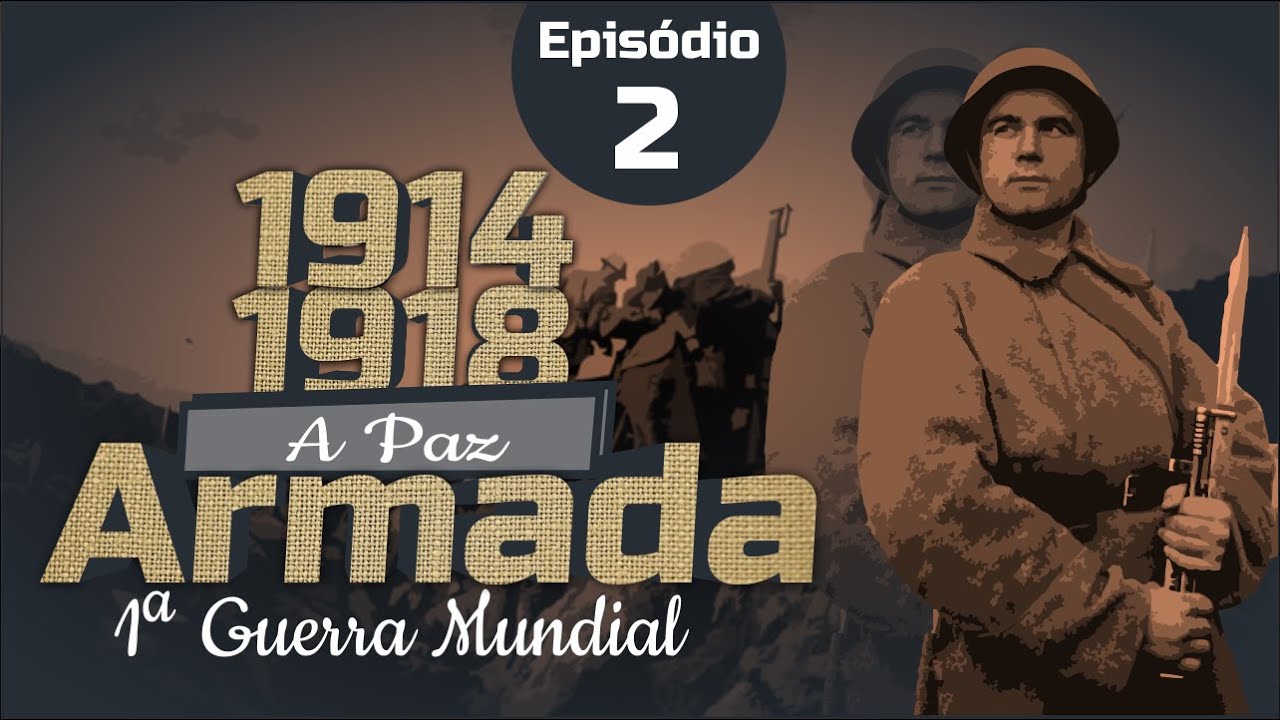The History of Yugoslavia, Part 1: Origins and Growth
Summary
TLDRThe video chronicles the turbulent history of the Balkan region and Yugoslavia from 1914-1980, beginning with rising nationalism and geopolitical tensions leading to WWI and the establishment of the Kingdom of Serbs, Croats and Slovenes in 1918. It covers Yugoslavia in WWII, the socialist Yugoslav republic established under Josip Broz Tito after the war, Tito's split with Stalin, and the relative stability and prosperity of socialist Yugoslavia until Tito's death in 1980, after which the economy and unity of the southern Slavic peoples began to unravel.
Takeaways
- 😳 Rising nationalism and secret alliances threatened stability of European empires in 1914, especially Austria-Hungary due to South Slavic nationalism
- 😱 Assassination of Archduke Franz Ferdinand triggered start of WWI in July 1914
- 😠 Austria-Hungary failed 3 times to invade Serbia in 1914 despite having larger army
- 👍 With help of allies, Serbia and Montenegro liberated from Central Powers occupation by November 1918
- 🎉 State of Slovenes, Croats and Serbs declared sovereignty and joined Serbia to form Kingdom of Serbs, Croats and Slovenes in 1918
- 😨 During WWII occupation, Croatia was German puppet state led by fascist Ustaše movement
- 😡 Communist resistance movements gained strength during WWII occupation
- 🤝 After liberation, Yugoslavia formed as socialist republic led by Josip Broz Tito
- 🙂 Tito kept peace between ethnic groups and distanced Yugoslavia from Soviet Union
- 😢 After Tito's death in 1980, Yugoslavia's economy and unity collapsed, leading to civil war
Q & A
What event triggered the start of World War I?
-The assassination of Archduke Franz Ferdinand, heir to the Austro-Hungarian throne, by Bosnian Serb nationalists on June 28, 1914.
Why did Austria-Hungary have trouble invading Serbia in 1914?
-Despite having much smaller armies, Serbia and Montenegro were able to successfully repel Austria-Hungary's invasion attempts three times in 1914.
What territories did Bulgaria annex from Serbia during WWI?
-Bulgaria briefly annexed around two-thirds of Serbian territory during WWI.
How was Yugoslavia formed after WWI?
-The State of Slovenes, Croats and Serbs joined with Montenegro, Serbia, and the region of Banat to form the Kingdom of Serbs, Croats and Slovenes, later renamed Yugoslavia in 1929.
Who was the first king of Yugoslavia?
-Peter I, who was previously the King of Serbia, became the first King of Yugoslavia.
What led to Germany invading Yugoslavia in 1941?
-After Prince Regent Paul signed Yugoslavia to the Axis powers, a pro-British coup overthrew him. Germany invaded 10 days later.
What was unique about Josip Broz Tito's rule of communist Yugoslavia?
-Tito broke from Soviet domination and implemented market socialist elements in Yugoslavia's economy, rather than following a strictly socialist model.
Why did Tito want to integrate Albania into Yugoslavia?
-Not for ethnic reasons, but because of Albania's geopolitical importance as an ally of the Soviet Union that could be used for leverage against Yugoslavia.
How did Tito help unify Yugoslavia?
-By creating a common Yugoslav identity and keeping the peace between various South Slavic groups in the country.
What led to the collapse of Yugoslavia after Tito's death?
-The deteriorating economy and weakening of the framework that had kept the country united caused calls for individual ethnic groups to form their own nations.
Outlines

This section is available to paid users only. Please upgrade to access this part.
Upgrade NowMindmap

This section is available to paid users only. Please upgrade to access this part.
Upgrade NowKeywords

This section is available to paid users only. Please upgrade to access this part.
Upgrade NowHighlights

This section is available to paid users only. Please upgrade to access this part.
Upgrade NowTranscripts

This section is available to paid users only. Please upgrade to access this part.
Upgrade NowBrowse More Related Video

Tinderbox Europe - From Balkan Troubles to World War I PRELUDE TO WW1 - Part 2/3

Sejarah Yugoslavia dari Awal Berdiri Sampai Terpecah

Perang Balkan, Koalisi Eropa (Bulgaria, Montenegro, Serbia) Melawan Kekaisaran Ottoman

IUGOSLÁVIA

A PAZ ARMADA | Ep. 02 | TÁS NA HISTÓRIA

LEBIH MENYEDIHKAN DARI MUSLIM PALESTINA! Inilah Fakta Kelam Perang Bosnia Setelah PD II
5.0 / 5 (0 votes)